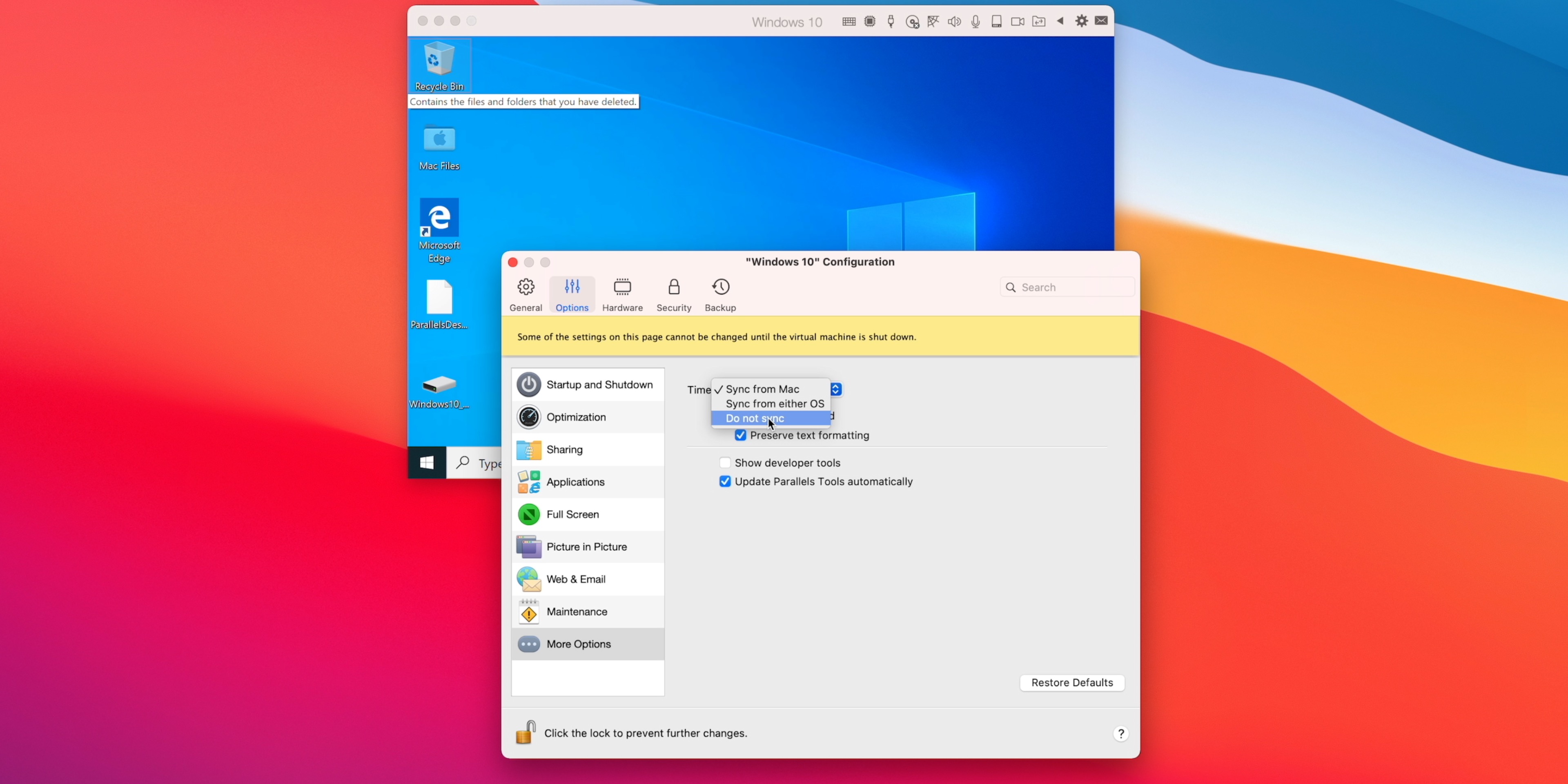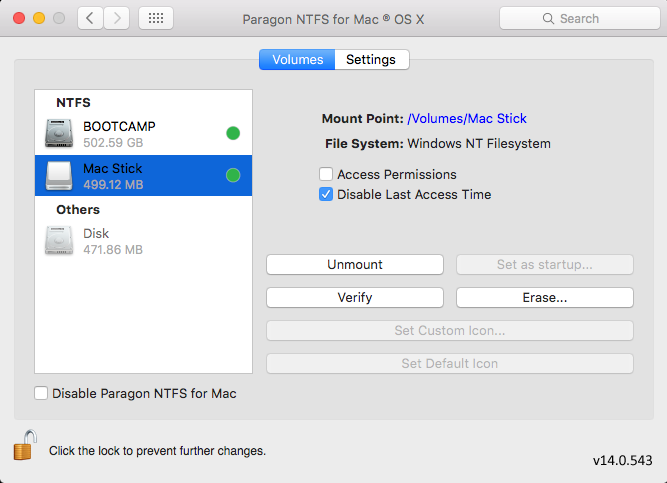- How To Stop Microsoft Updates On Mac
- How To Update Office For Mac
- How To Get Microsoft Updates
- How Do You Prevent Microsoft Updates On Mac
Table of Contents
To disable automatic Acrobat DC updates, you need to do it manually, If you set up Adobe Acrobat to install updates automatically, which is recommended by Adobe, your computer will regularly check for important updates, download them, and then install them automatically. Just to be clear, automatic updates for any 1 program cannot be stopped. It's a matter of whether the Microsoft AutoUpdate MAU program checks for updates automatically, but it check for all Office programs. Also, none of the Office programs update automatically unless the option is selected to Automatically Download and Installin MAU. If enabled, this policy lets you set a value for the minimum number of minutes between automatic update checks. Otherwise, by default, auto-update checks for updates every 10 hours. If you want to disable all auto-update checks, set the value to 0 (not recommended). Luckily, you can stop Microsoft Edge from opening on both your Mac and PC — although the way to do it on your PC can be a bit confusing. Here's what you need to know. Here's what you need to know. Microsoft’s Show or Hide Updates tool can be a first line option. This small wizard lets you choose to hide the Feature Update in Windows Update. After downloading, launch it, click Next, wait.
Introduction
In order to keep your Mac secure and operating efficiently it is important that you always install software updates as they become available. These updates not only fix problems with applications and the operating system, but also fix security vulnerabilities that can be used by computer viruses to infect your computer. Unfortunately, many people feel that because they are using a Mac they are much more secure and thus may not be as diligent in updating their software as they would on a Windows machine where viruses are much more common. The reality, though, is that any operating system, regardless of who makes it, constantly introduces security vulnerabilities that need to be fixed. Therefore, it is important to remember that though you may be using a Mac, even they are vulnerable to computer infections as shown by the recent Backdoor.Flashback Trojan.
With that said, updating your operating system and its installed applications so that they are using the latest versions and patches is imperative to having a healthy and usable computer. This tutorial will walk you through updating your Mac computer as well as configuring it to automatically alert you when new updates are available.
How to install operating system updates for Mac computer

To install the latest software updates on your Mac computer please follow these steps.

Click on the Apple () menu in the upper left hand corner and then select the Software Update menu option. Your Mac will now check for any new software updates as shown by the image below:
After checking for new updates, if there are no updates available it will display a messages stating that Your Software is up to date. If you see this message, you can click on the Quit button to exit the software update procedure. On the other hand, if updates are available you will be shown a dialog box, similar to the one below, asking what you would like to do.
You should now click on the Show Details button to see what updates are going to be installed on your computer. This will display a screen, as shown below, that displays all the updates that will be installed.
You can scroll through the list of updates and uncheck those that you do not wish to install. It is suggested, though, that you do not uncheck any of the updates and allow them all to be installed. Once you have reviewed the available updates, click on the Install button to start the update process.
The operating system will now install all of the updates that were listed in the screen above. While the updates are being installed you will see a status screen similar to the one below.
How To Stop Microsoft Updates On Mac

When the updates are finished installing, your Mac will prompt you to reboot your computer. Please allow the computer to reboot and the updates will now have been successfully installed.
How to configure Software Update on your Mac
Software Update can be configured so that updates are automatically downloaded on a regular basis. This section will provide information on the best way to configure Software Update for your Mac.
Click on the Apple () menu in the upper left hand corner and then select the System Preferences menu option. The System Preferences window should now open as shown in the image below.
In this window, click on the Software Update icon as shown by the blue arrow above. This will open the Software Update configuration screen as seen below.
In this screen you can configure some basic options as to how Software Update will work on your computer. The Check Now button will allow you to instantly perform a search for new updates. The Check for updates checkbox allows you to specify if you want to check for updates automatically and how frequently you wish to do so. The Download updates automatically button specifies if you would like software updates to be automatically downloaded to your Mac so that they are ready to be installed.
It is suggested that you keep both Check for updates and Download updates automatically checked and to perform these checks daily. This makes sure you are notified of new updates as they occur in the event that there is a critical one that needs to be installed for the safety of your Mac.
How to see what updates have been installed on your Mac
In the event that you need to see what updates have been previously installed on your computer, you can go into the Software Updates preferences screen to see them. To do this, click on the Apple () menu in the upper left hand corner and then select the System Preferences menu option. When the System Preferences window opens, double-click on the Software Update icon. Once you are in the Software Update preferences screen, click on the Installed Software option and you will be shown a screen similar to the one below.
The Installed Software screen will show the name of all the applications, and their updates, and when they been installed on your Mac. When scrolling through the list of software, you may notice that the same software may be listed twice. This is because they are different updates to the same application, which is indicated by the different version numbers.
With this information you can now determine if you are using the latest version of an installed software.
Use Software Update
- Choose System Preferences from the Apple menu , then click Software Update to check for updates.
- If any updates are available, click the Update Now button to install them. Or click “More info” to see details about each update and select specific updates to install. You might be asked to enter your administrator password.
- When Software Update says that your Mac is up to date, the installed version of macOS and all of its apps are also up to date. That includes Safari, Music, Photos, Books, Messages, Mail, Calendar, and FaceTime.
- To automatically install future updates, including for apps that you got from the App Store, select “Automatically keep my Mac up to date.” Your Mac will notify you when updates require it to restart, so you can always choose to install those later.
How To Update Office For Mac
Update the software on your iPhone, iPad, or iPod touch

Learn how to update your iPhone, iPad, or iPod touch to the latest version of iOS or iPadOS.
How To Get Microsoft Updates
Learn more
How Do You Prevent Microsoft Updates On Mac
- Learn how to get updates for earlier versions of macOS that don't include Software Update preferences.
- You can also use the App Store to update apps or redownload apps that came from the App Store.
- Learn which macOS your Mac is using and how to upgrade to the latest macOS.
- When your Mac is connected to a Personal Hotspot, large updates don't download automatically.
